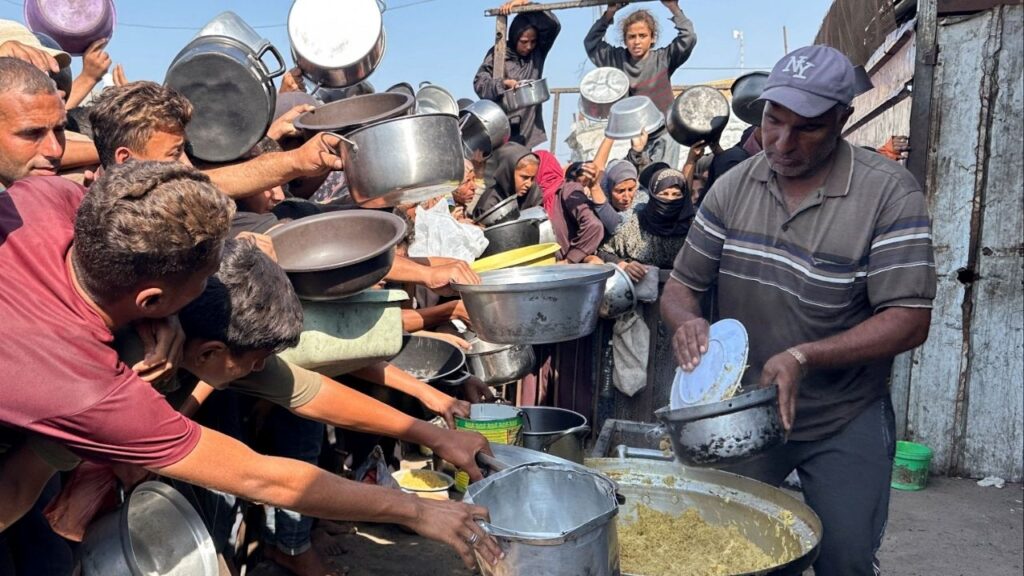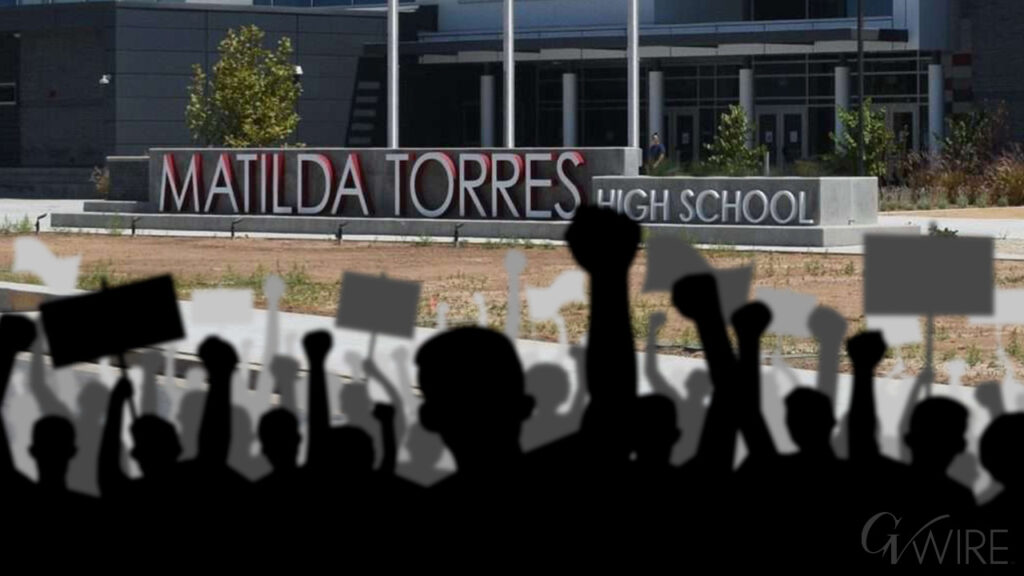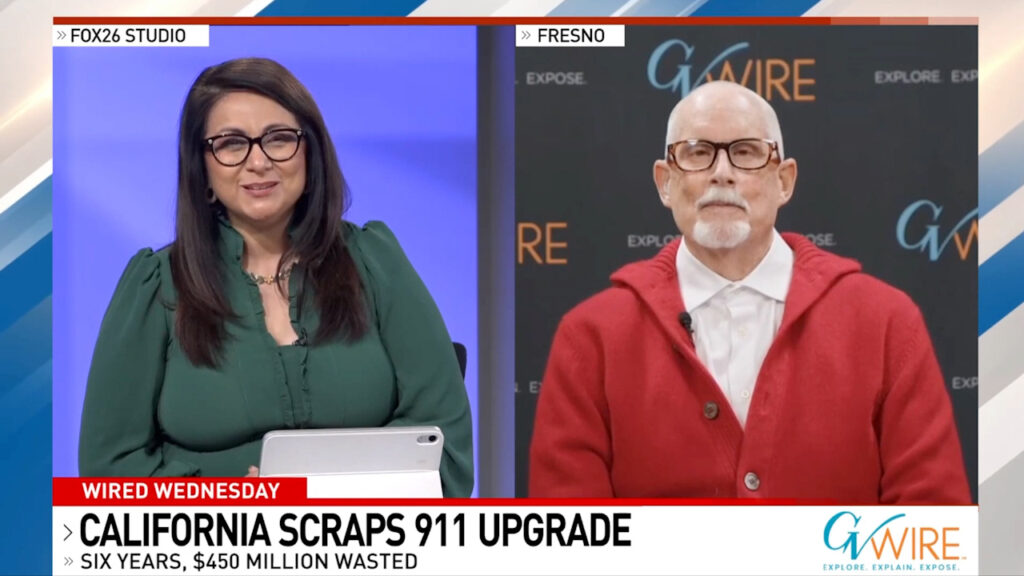Damage in a parking lot struck in a Russian attack in Sumy, Ukraine, April 14, 2025. The Kremlin said on Monday that President Vladimir Putin had ordered a three-day cease-fire in Ukraine next month, the second time in two weeks that Russia’s leader has promised a temporary pause in the fighting as President Trump shows growing impatience with his refusal to stop the war. (Tyler Hicks/The New York Times)

- Putin ordered a three-day Ukraine ceasefire starting May 8, amid pressure from Trump, but broader peace remains elusive.
- Ukraine's foreign minister rejected Russia’s limited ceasefire, demanding an immediate, full halt to fighting and lasting peace negotiations.
- Trump grows impatient with Putin’s stalling, as the U.S. weighs whether to keep pushing for a settlement in Ukraine.
Share
|
Getting your Trinity Audio player ready...
|
The Kremlin said Monday that President Vladimir Putin had ordered a three-day ceasefire in Ukraine next month, the second time in two weeks that Russia’s leader has promised a temporary pause in the fighting as President Donald Trump shows growing impatience with his refusal to stop the war.
The Kremlin said Russian forces would stop fighting May 8 for 72 hours to mark the May 9 celebration of Soviet victory in World War II, a major holiday in Russia.
“During this period, all hostilities will cease,” it said in a statement. “Russia believes that the Ukrainian side should follow this example.”
Ukraine’s Foreign Minister Responds
Andriy Sybiha, Ukraine’s foreign minister, responded that “if Russia truly wants peace, it must cease fire immediately.” He added that Ukraine remained ready for a 30-day halt in the fighting, something Putin has thus far rejected.
“Why wait until May 8th?” Sybiha wrote on social platform X. “Ukraine is ready to support a lasting, durable, and full ceasefire.”
The Kremlin’s announcement came just days after Trump urged Putin, in a social media post, to “STOP!” bombarding Ukraine amid U.S.-backed efforts to broker a truce. After meeting with President Volodymyr Zelenskyy of Ukraine on Saturday, Trump said that he questioned whether Putin truly wanted peace.
“Maybe he doesn’t want to stop the war, he’s just tapping me along, and has to be dealt with differently,” Trump wrote in a social media post.
Russia has refused to abide by a 30-day unconditional ceasefire that Ukraine previously agreed to at the urging of the Trump administration. A one-day truce announced by Putin for Easter did not hold, though both sides said it brought a reduction in hostilities.
Putin’s declaration Monday appeared to be his latest attempt to placate Trump’s oft-stated desire to end the war in Ukraine, while holding out for an agreement that would allow the Russian leader to do so on his terms.
The statement announcing the ceasefire said Russia was ready “for peace negotiations without preconditions.” But it added that those talks should be “directed at eliminating the root causes of the Ukrainian crisis,” a reference to Putin’s sweeping demands for change in Russia’s favor in Ukraine and in Europe.
Putin Convinced He Would Give Up Leverage if Fighting Stops
Putin appears convinced that he would give up negotiating leverage if he stops fighting without securing major concessions first, Russian analysts and people close to the Kremlin say. His demands go well beyond claims on Ukraine’s territory, extending to limits on its future military capability and a ban on admitting it to the NATO alliance.
The Trump administration has largely gone along with Putin’s narrative, dangling the possibility of lifting sanctions on Russia while blaming Ukraine for a war that Russia started in 2022. It has been pushing Ukraine to accept a peace plan that would force it to abandon its aspirations of joining NATO, provide it with only vague security guarantees and see the United States officially recognizing Crimea as Russian. Ukraine has rejected that deal, which the Trump administration had described as its final offer.
But Putin appears to be holding out for even more. In the meantime, his refusal to make a quick deal — accompanied by recent Russian missile strikes on civilian targets — has increasingly frustrated the Trump administration.
On Sunday, Secretary of State Marco Rubio said the United States would decide this week whether to continue pursuing a settlement.
“We have to make a determination about whether this is an endeavor that we want to continue to be involved in,” he said on NBC’s “Meet the Press.” “Or if it’s time to sort of focus on some other issues that are equally if not more important in some cases.”
—
This article originally appeared in The New York Times.
By Nataliya Vasilyeva and Anton Troianovski/Tyler Hicks
c. 2025 The New York Times Company
RELATED TOPICS:
Categories
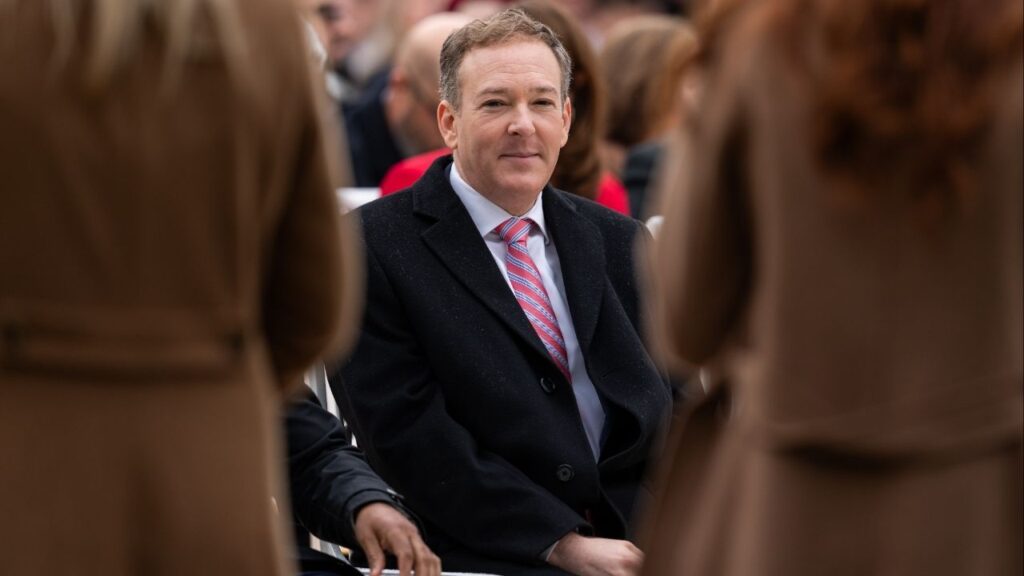
MAHA Activists Urge Trump to Fire His EPA Administrator
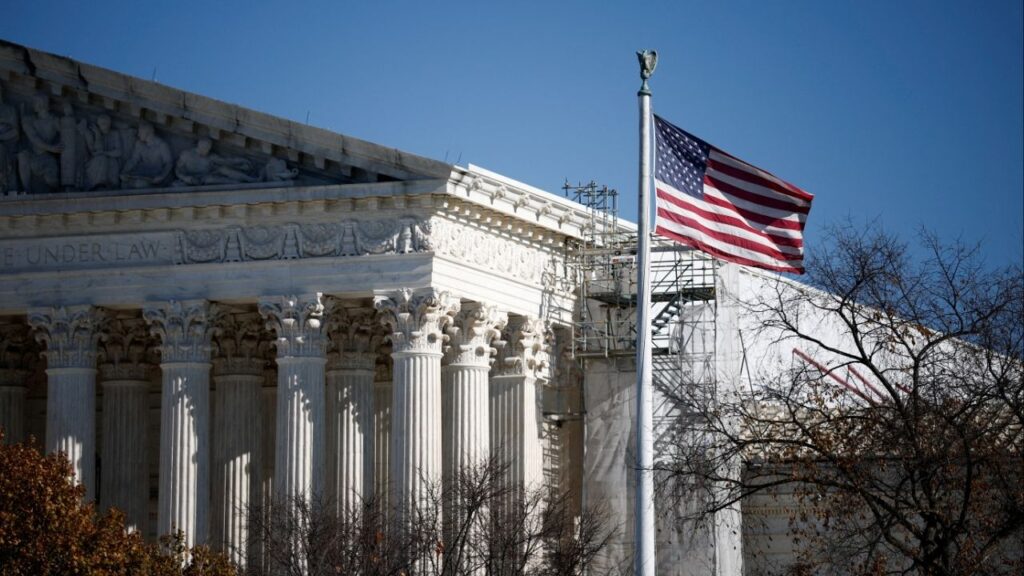
US Supreme Court May Be Poised To Ditch More of Its Precedents

Meta Strikes Multiple AI Deals With News Publishers

Dollar Slips as Traders Eye Next Week’s Fed Meeting






